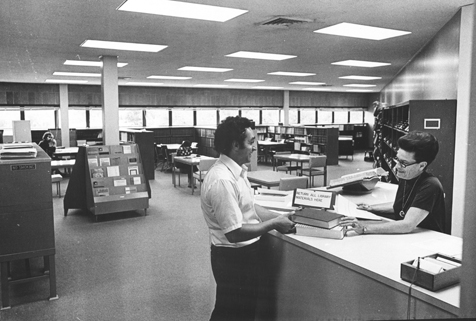
Faculty Research 1970 - 1979
The molecular genetics of mammalian glucuronidase.
Document Type
Article
Publication Date
1975
Keywords
Cell-Differentiation, Centrifugation-Density-Gradient, Crosses-Genetic, Electrophoresis-Polyacrylamide-Gel, Enzyme-Induction, Female, Genes, Genes-Regulator, Genes-Structural, Glucuronidase: bi, me, Kidney: en, Liver: en, Lysosomes: en, Male, Mice, Mice-Inbred-Strains, Microscopy-Electron, Microsomes-Liver: en, Models-Biological, Molecular-Weight, Mutation, Testosterone
First Page
379
Last Page
392
JAX Source
J Cell Physiol 1975 Apr; 85(2 Pt 2 Suppl 1):379-92.
Abstract
The genetic factors known to be involved in the final realization of beta-glucuronidase activity in mice are considered from the standpoint of structural genes determining the catalytic activity of enzyme molecules as well as the recognition features of enzyme molecules that identify them for subsequent processing by the cell; processing genes determining the cellular apparatus involved with the conjugation, intracellular localization and eventual degradation of enzyme molecules; regulatory genes determining rates of enzyme synthesis, especially in response to physiological signals such as hormones; and temporal genes determining the developmental programs for expression of these classes during growth and differentiation. The properties of genetic variants of beta-glucuronidase falling into each of these classes are described. When those results are considered in concert with the properties of genetic variants known for other mammalian enzymes several generalizations emerge. Structural genes of enzymes are not usually linked to the processing genes determining the post-assembly events in the life of that enzyme. In contrast, all of the regulatory and temporal gene sites so far identified are in close proximity to the structural genes they modulate. Regulatory and temporal sites appear to act in a cis fashion to control the amount of enzyme synthesized from the adjacent structural allele on the same chromosome.
Recommended Citation
Paigen K,
Swank RT,
Tomino S,
Ganschow RE.
The molecular genetics of mammalian glucuronidase. J Cell Physiol 1975 Apr; 85(2 Pt 2 Suppl 1):379-92.

